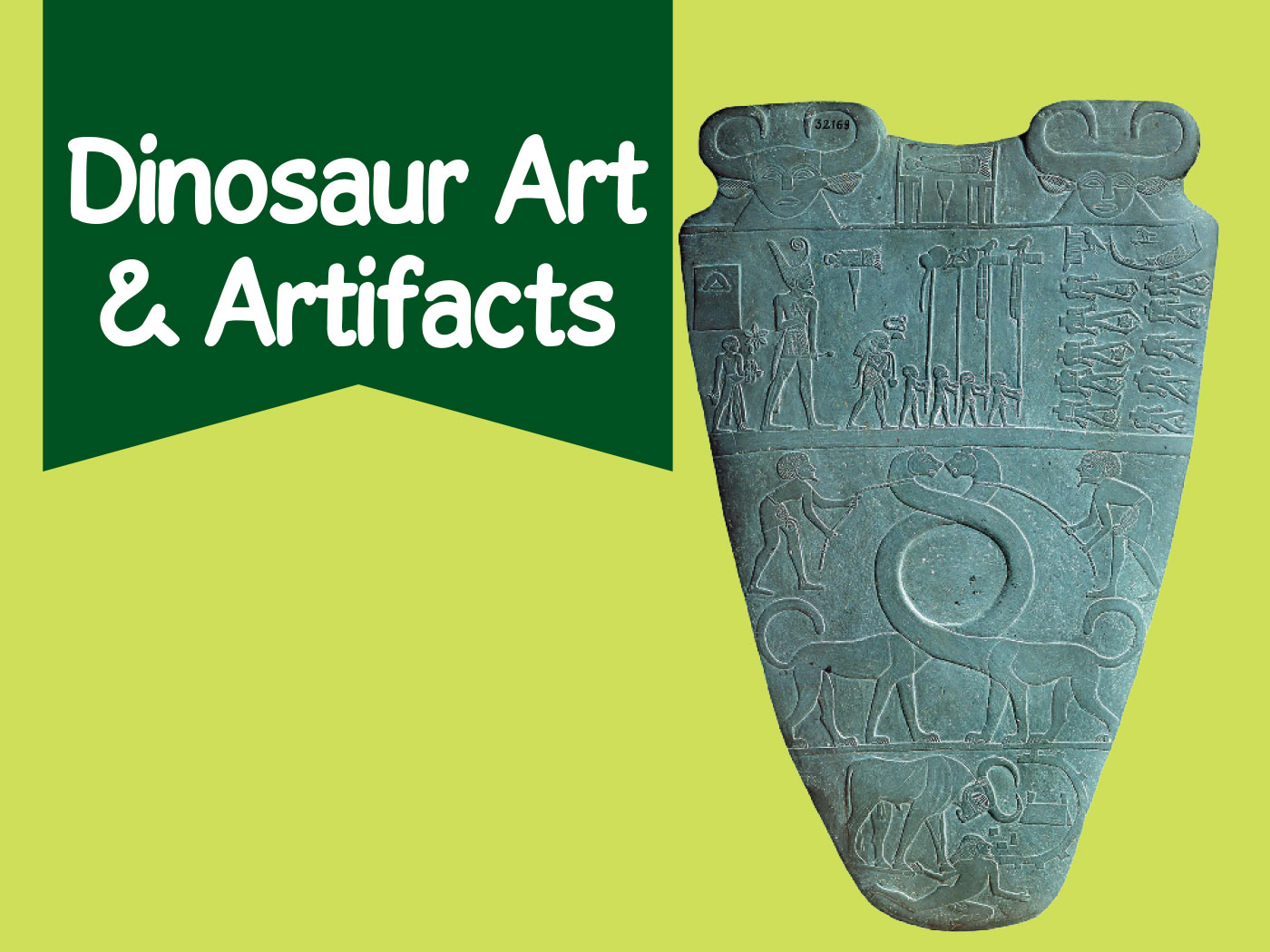Once again, DNA sequence that was once thought to be nothing but a genomic fossil has shown itself to be vital to human survival. In this case, if the so-called pseudogene is not functioning properly, cell cycle dysfunction and cancer is the almost certain outcome.1
Pseudogenes come in several forms depending on their DNA sequence signature in the genome. One form is called the "unprocessed pseudogene," which has all the normal parts of a protein-coding gene, but was thought to be incapacitated based on presumed code errors. A good example of this type is the human "beta-globin pseudogene," which has now been shown to functionally produce several regulatory RNAs and to be critical for proper blood chemistry.2
Another variety is called a "processed pseudogene" because it appears to lack the intervening non-protein coding sequences called introns, that are typically spliced out when a messenger RNA (mRNA transcript) is produced from a gene. Thus, evolutionists have postulated that processed pseudogenes arose from the sequence of an mRNA that was copied (reverse transcribed) and then reinserted into the genome as a genetic accident. Another name for these types of pseudogenes, is "retrogenes."
Despite the still prevalent myth that processed pseudogenes are largely non-functional genomic fossils, scientists have been identifying important functions for these retrogenes in mammals since 1985.3,4 This little known scientific truth includes the prevalence of functionally active "orphan" (unitary) retrogenes that have no discernible parent gene from which they supposedly originated and they are also often species specific—utterly defying the macro-evolutionary presuppositions of common descent surrounding their presence.4
Adding to the list of so-called retrogene genetic fossils that have been shown to be functional, is the PPM1K pseudogene in humans.1 This amazing pseudogene is actively transcribed and found to produce an RNA product that can be further processed into two different smaller RNA molecules—which in turn form elaborate secondary structures. These regulatory RNA molecules were shown to target and control many different cellular genes. Most importantly, they control a number of key genes involved in regulating the cell’s cycle and cell growth in the body.
In this recent study, when the cells of cancer patients were examined, the two different regulatory RNAs produced by the PPM1K pseudogene were found in abnormally reduced levels, compared to healthy humans. The PPM1K pseudogene RNAs were not only found to help regulate the protein coding version of the PPM1K gene from which it supposedly evolved, but also the NEK8 gene that has also been associated with cancerous cell growth.
Once more, the errant predictions of the evolutionary paradigm have been destroyed by the advance of scientific discovery. The PPM1K pseudogene is not a defunct genomic fossil produced by random evolutionary processes, but rather a key feature designed by the Creator to keep our cells in check. If this so-called pseudogene malfunctions, serious health consequences—some even fatal—are the result.
Clearly, humans should be looking at the genome from the perspective of pervasive functionality and incredible bioengineering—the product of an Omnipotent and Wise Creator.
References
- Chan, W.L., et al. 2013. Transcribed pseudogene ψPPM1K generates endogenous siRNA to suppress oncogenic cell growth in hepatocellular carcinoma. Nucleic Acids Research. 41 (6): 3734-3747.
- Tomkins, J. 2013. Beta-Globin Pseudogene is Functional After All.
- Soares, M.B. et al. 1985. RNA-mediated gene duplication: the rat preproinsulin I gene is a functional retroposon. Molecular and Cellular Biology .5 (8): 2090-2103
- Ciomborowska, J. et al. 2013. "Orphan" Retrogenes in the Human Genome. Molecular Biology Evolution. 30 (2): 384–396.
*Dr. Tomkins is Research Associate at the Institute for Creation Research and received his Ph.D. in Genetics from Clemson University.
Article posted April 22, 2013


















